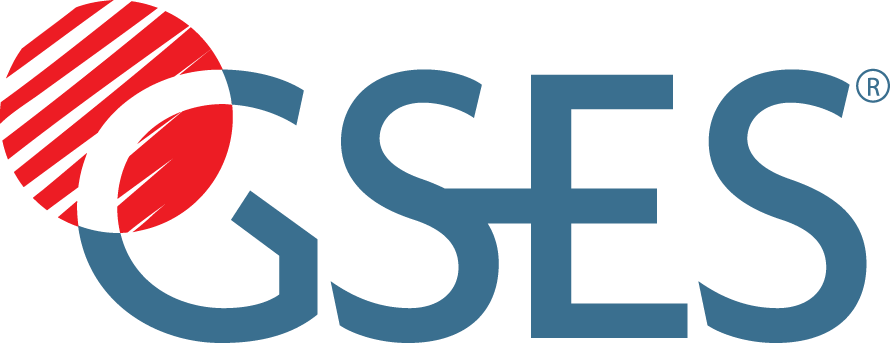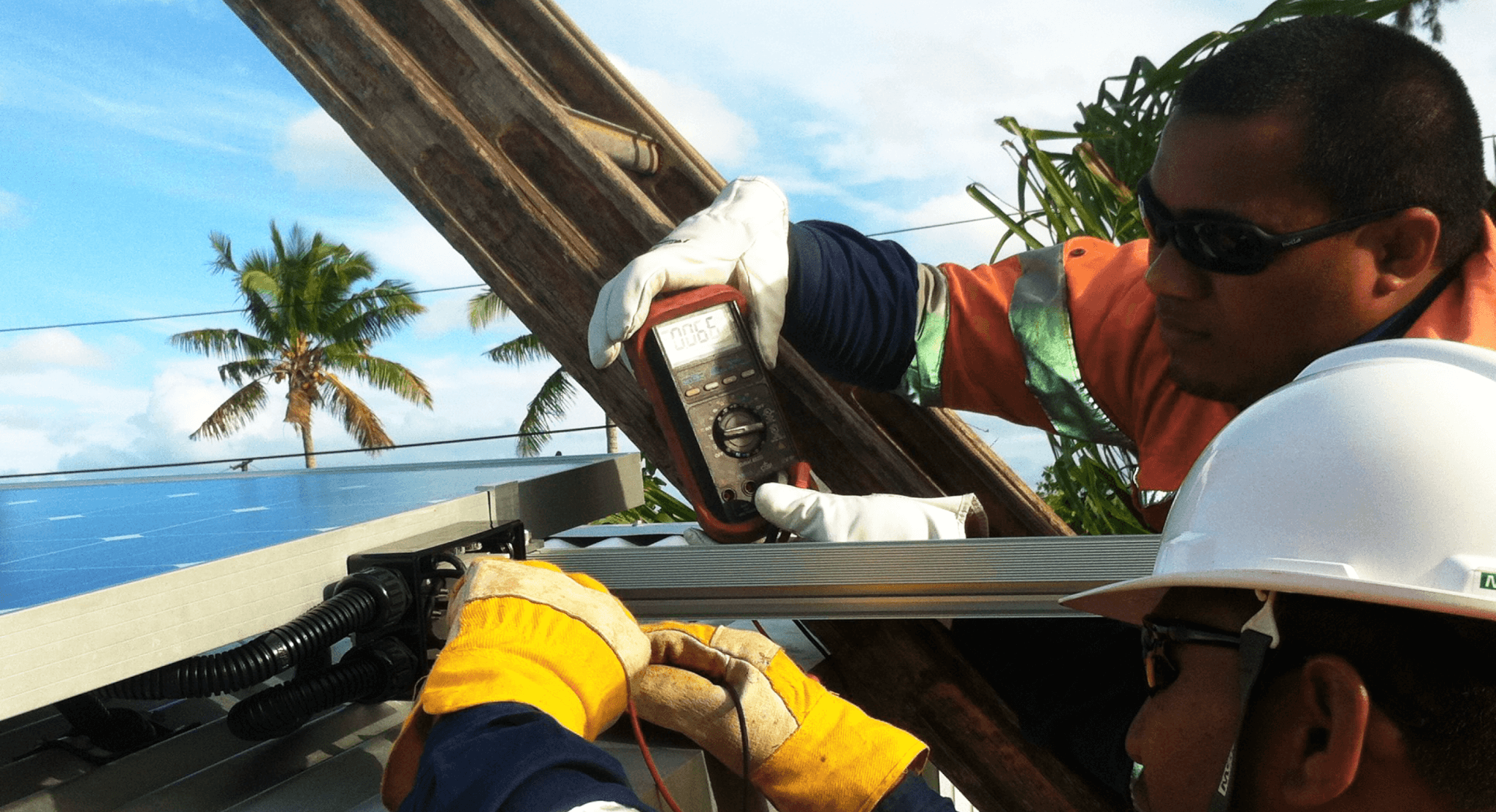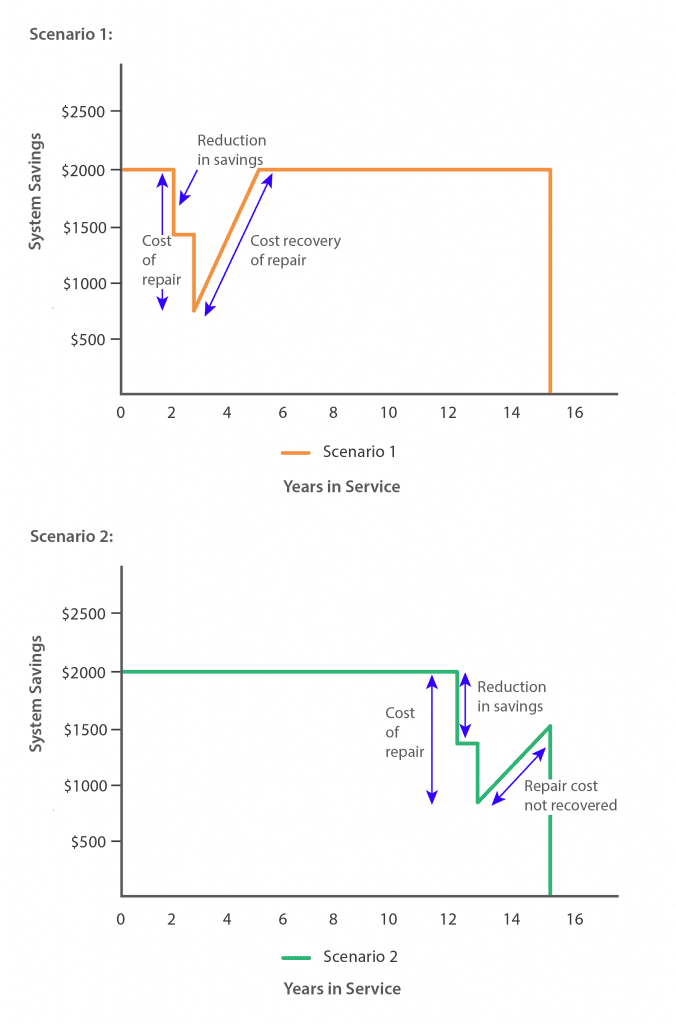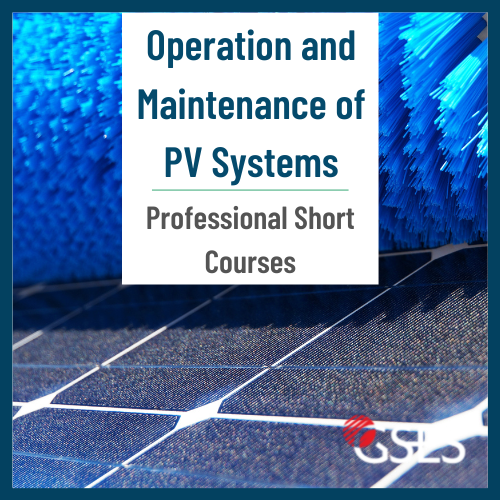Solar System Operation and Maintenance (O&M) is a topic of growing importance in Australia. Australia has been steadily installing rooftop and utility scale PV systems since the early 2010s. Issues will begin to occur as systems age, and as the number of installations has risen exponentially over time so too will the number of issues. The industry needs to be prepared and clear in its approach to O&M issues as they become more common to ensure the lifetime and financial returns of the system is maximised.
O&M of residential systems is typically left to the system owner. The documentation pack which is provided to the customer by the installer (as mandated by the standard AS/NZS 5033) will include a recommended O&M schedule and typically the onus falls to the owner to follow this schedule and monitor performance. Though many installers do offer this service for their customers, it is not often that there is a dedicated role or division of the company which actively monitors and manages this service. While third party residential solar O&M service providers exist, they are generally too expensive for owners to justify. However, things are changing in this sphere: smart monitoring devices that can alert owners and/or installers of potential or existing issues are becoming more common in new installations.
On the other hand, O&M of utility scale solar is incredibly important. Utility scale solar assets represent a significant investment which is predicated on return on investment assurances. O&M is a key part of the business case to ensure ongoing revenue generation from the asset, which may have a financial life of anywhere from 10-25 years (i.e. some power purchase agreements are using 25-year terms). There are whole divisions of developers dedicated to O&M and whole companies which solely focus on utility scale O&M. There are various approaches to utility scale O&M but the level of sophistication required depends on the stakeholders, the finance environment and most importantly, the specific characteristics of the site (i.e. snow loads, high soiling rate, high corrosion environment, terrain difficulties, type of mounting system, type of modules used, etc.). Regardless of the approach, O&M is always part of the utility scale solar business case.
Commercial and Industrial (C&I) solar O&M has fallen somewhere in the middle. In some cases, C&I solar is treated much like a residential installation and in other cases there are third party provided O&M services similar to a utility scale approach. The issue however is that these third party services vary widely and though C&I customers are typically fairly savvy investors, they generally do not know what to expect from an O&M service. This can be a problem.
So, what should a C&I customer expect from an O&M service? O&M activities include mechanical checks for system safety and compliance, electrical test and inspection to ensure safe and efficient operation, performance validation to guarantee efficient energy yield from the system and component monitoring via supervisory control and data acquisition (SCADA) which allows the O&M provider to gather critical system metrics, find trends and understand how the system is operating in real time and historically.
Solar System Operations Maintenance Approaches:
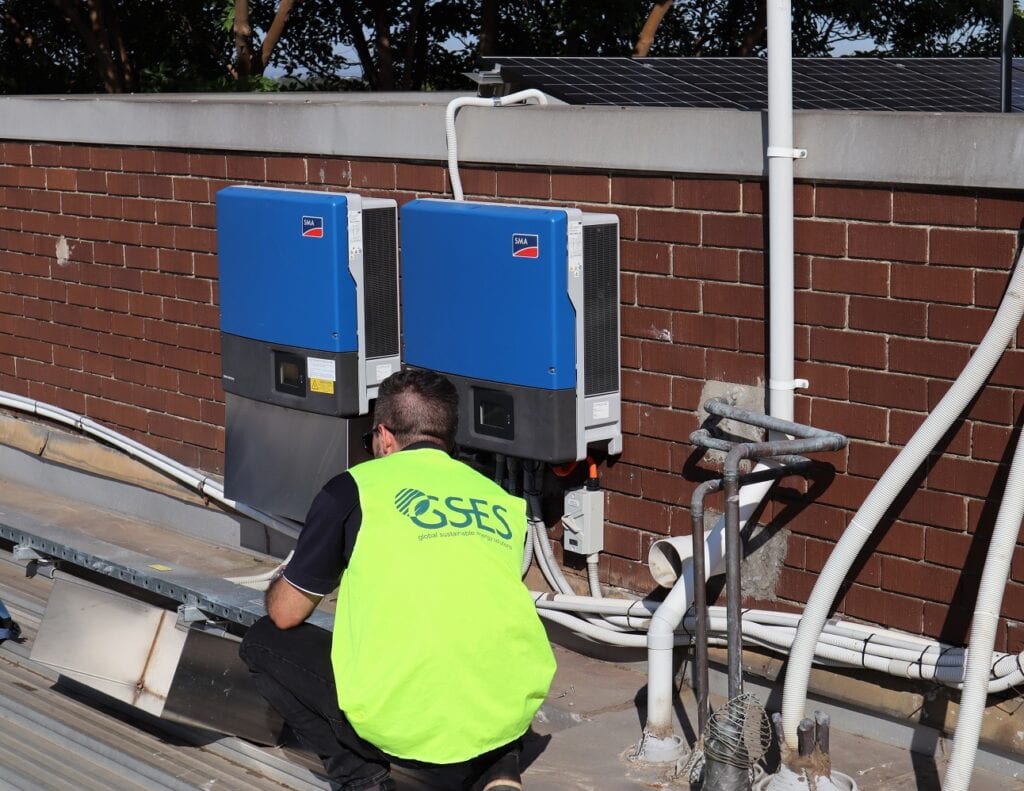
Preventative Maintenance – Preventative Maintenance is done according to a service and inspection schedule. This maintenance will be conducted regardless of the system’s operational status and is done with the purpose of preventing downtime or production loss by finding issues before they manifest in a materially significant way. Schedules will be created by consulting each of the component manufacturer’s recommendations as well as any holistic system requirements which the O&M provider deems worthy of performing preventive maintenance. Preventative maintenance carries an inherent cost which can be justified by the opportunity cost of mitigative corrective maintenance.
Corrective Maintenance – Corrective Maintenance is unscheduled maintenance, which addresses any equipment breakdowns after their occurrence. Corrective maintenance may occur less frequently than preventive maintenance otherwise would and therefore be less costly. However, the risk is that the corrective maintenance may be for something that presents either a safety hazard or is resulting in production loss, meaning that the cost to the business case may be much higher than preventative maintenance.
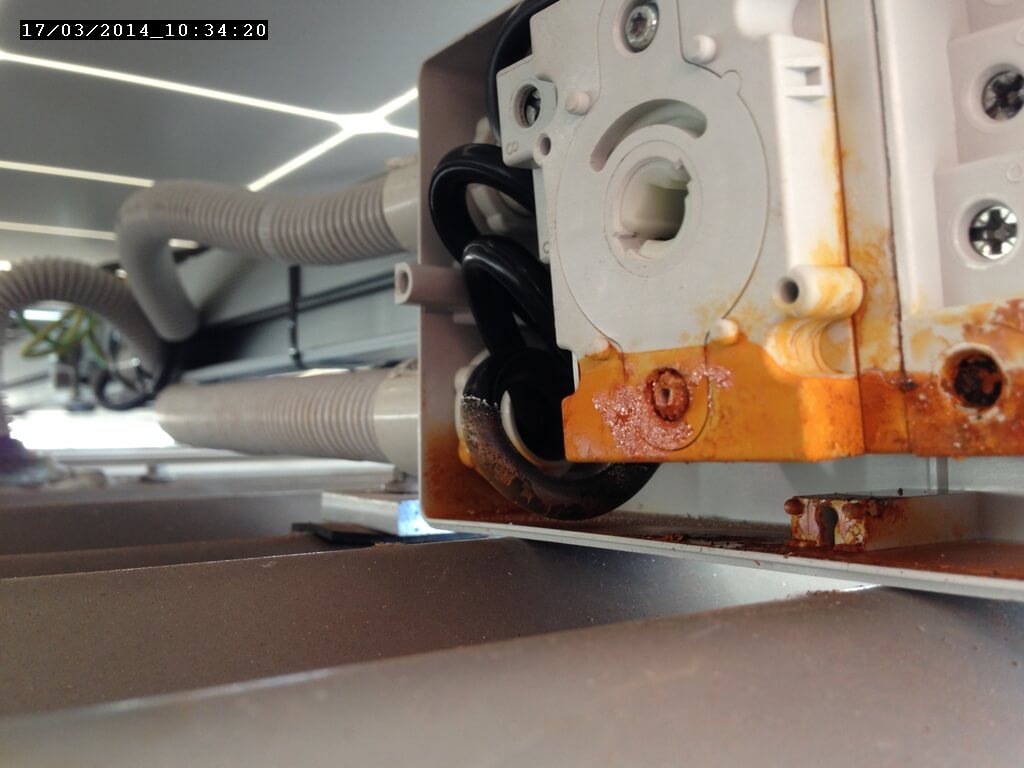
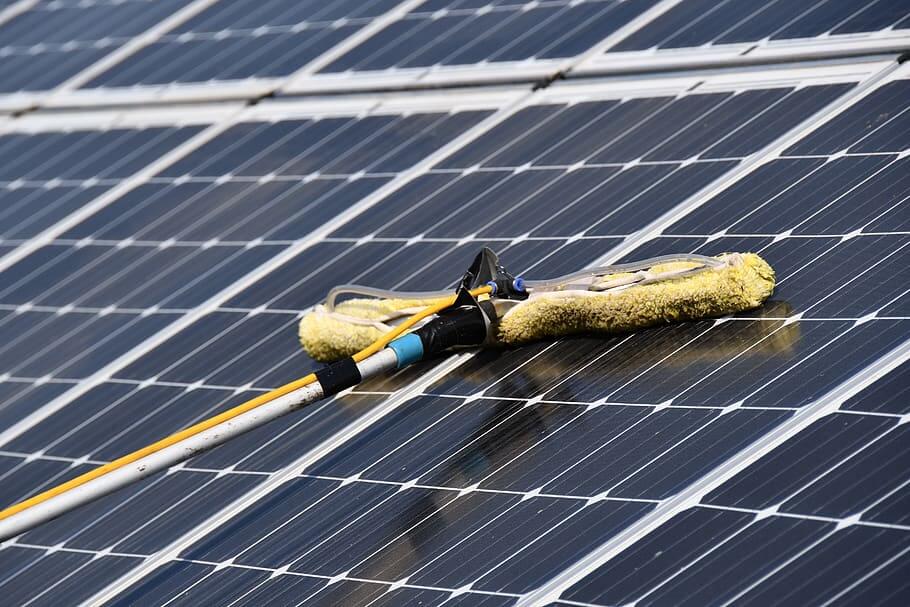
Condition-Based Maintenance – Condition Based Maintenance considers real time data to prioritise and optimise maintenance activities and resources. It involves real time monitoring of PV plant and scheduling O&M activities when deemed necessary. The cost of such monitoring systems adds cost to the upfront capital of the system however as C&I systems become increasingly large and more valuable, this cost becomes nominal. A risk of relying on condition-based maintenance is if there are communications errors, monitoring failures or if the information is not accurate or granular enough, incorrect O&M decisions may be made.
The right approach to C&I solar system operation and maintenance depend on the circumstances of the site. For example, a very remote site may choose not to perform much or any preventative maintenance and may instead focus on corrective maintenance and condition-based maintenance. Alternatively, a local site, or perhaps a site which is impacted greatly by its environment (i.e. high soiling rate), may choose to do more preventative maintenance which may eliminate the need for corrective or condition-based maintenance owing to the fact that personnel are on site at regular intervals and can perform other mitigative activities.
Regardless of the approach, the O&M plan should have considered all three types of maintenance and have made program recommendations in collaboration with site personnel and project stakeholders. Further, and perhaps most importantly, O&M decisions should go through their own financial analysis. It is imperative that the activities conducted under the O&M program serve the interest of the asset owner. One way of doing this is to assess the cash flow as a result of the specific O&M activity. If the cost of performing the O&M activity results in an increase in cash flow until the end of the system’s life where the internal rate of return is greater than some predetermined hurdle rate, then then activity should be performed.
Solar System Operation & Maintenance Payback Scenarios:
Scenario 1: System fault occurred early in system life
A 2 year old 10kW system of a 15-year operational life is comprised of 4 strings of modules. The PV system when fully operational is saving the customer $2000/year. A fault occurs in the system, resulting in disconnection of one string which results in a 25% drop in yield. It is determined that to repair and reconnect this string, the labour and equipment cost will be $1200. The internal rate of return from performing this O&M activity is 41%. Assuming the customer’s hurdle rate is 10-12%, the O&M activity will obviously go forward. In simple payback terms, the repair pays for itself in 2.5 years.
Scenario 2: System fault occurred late in system life
A 10kW system in its thirteenth year of operation of a 15-year operational life is comprised of 4 strings of panels. The PV system when fully operational is saving the customer $2000/year. A fault resulting in the disconnection of a single string and the result is a 25% drop in yield. It is determined that to reconnect this string, the labour and equipment cost will be $1200. The internal rate of return from performing this O&M activity is -11%. If the customers hurdle rate is 10-12%, the O&M activity may not go forward. The customer may wait to make a new investment at the end of the 15 year term. Alternatively, it may be in the customers interest to forgo the last two years of cash flow from the existing system (which is at 75% operating capacity) and instead make a whole new system investment at that time.
Figure 4: Financial impacts of faults and repair options
Of course, if the O&M activity identified is a security, compliance or safety risk, the O&M activity should be performed regardless of the financial analysis.
It is important that the terms of the solar system operation and maintenance service are defined in an agreement or contract. The contract may be with the installation company and this contract may simply extend performance guarantees and system warranties by overlaying O&M activities and associated fees. Alternatively, a customer may choose to partner with a 3rd party O&M provider. In which case, the contract must define responsibilities and interfaces with other contracts, warranties and guarantees. When answering the question: what should a C&I customer expect from the O&M service, it should all be laid out in the contract and it should be clear that it is serving the customers interest.
GSES has released an Operation and Maintenance of PV Systems professional short online course. If completed prior to 26th March 2022, Clean Energy Council (CEC) accredited designers/installers will be eligible for 15 CPD points. Get in touch at +612 9024 5312 if you would like to learn more about our professional short courses.
